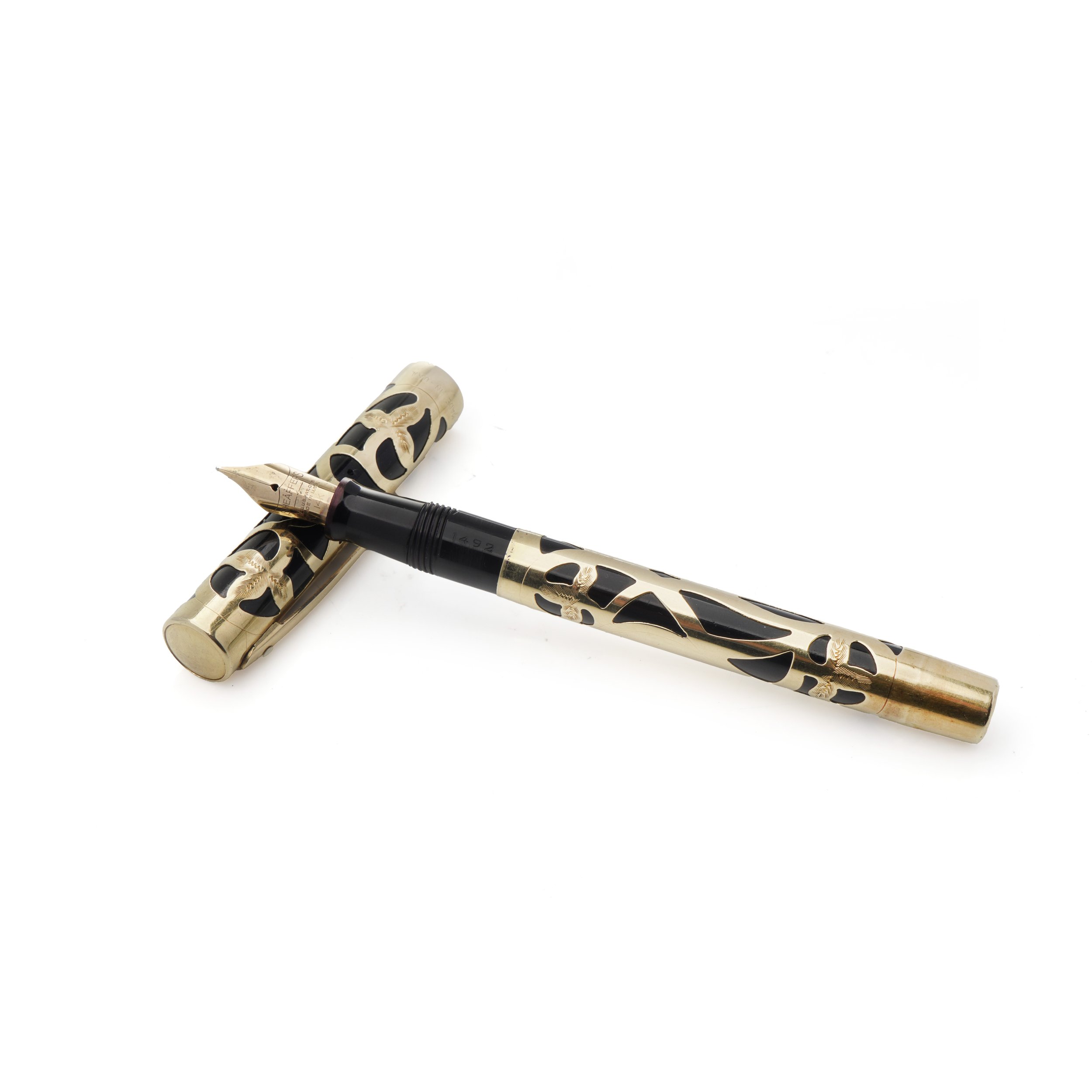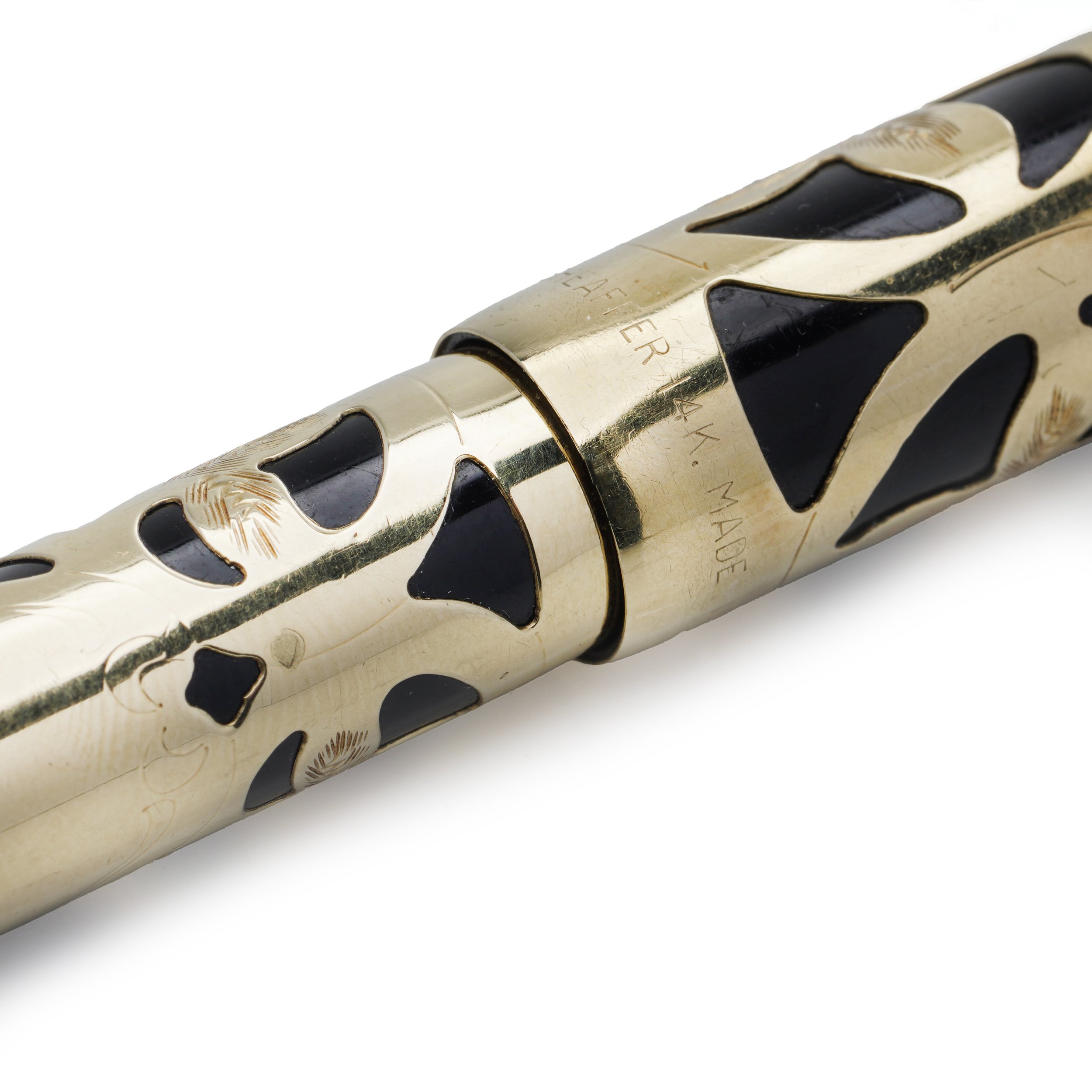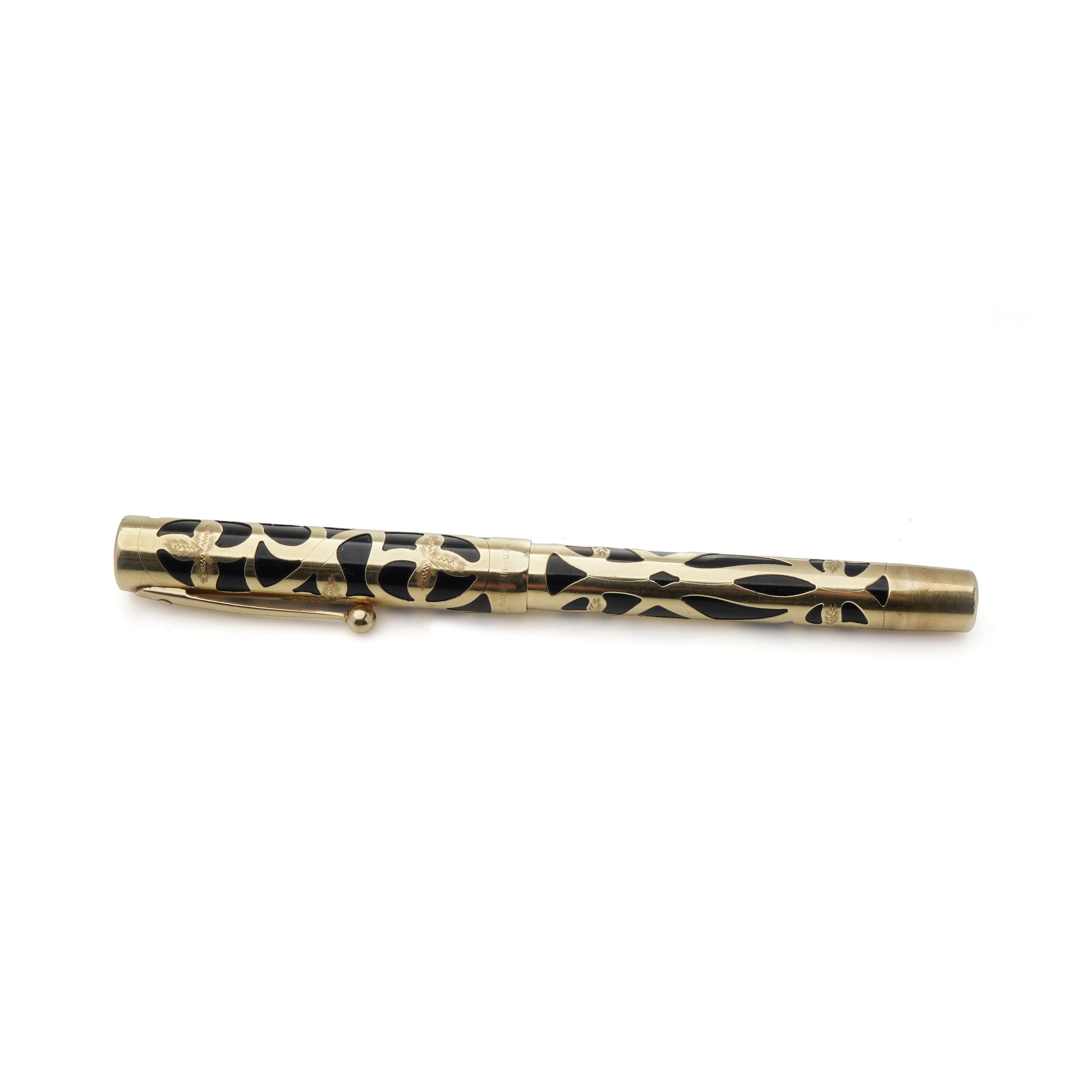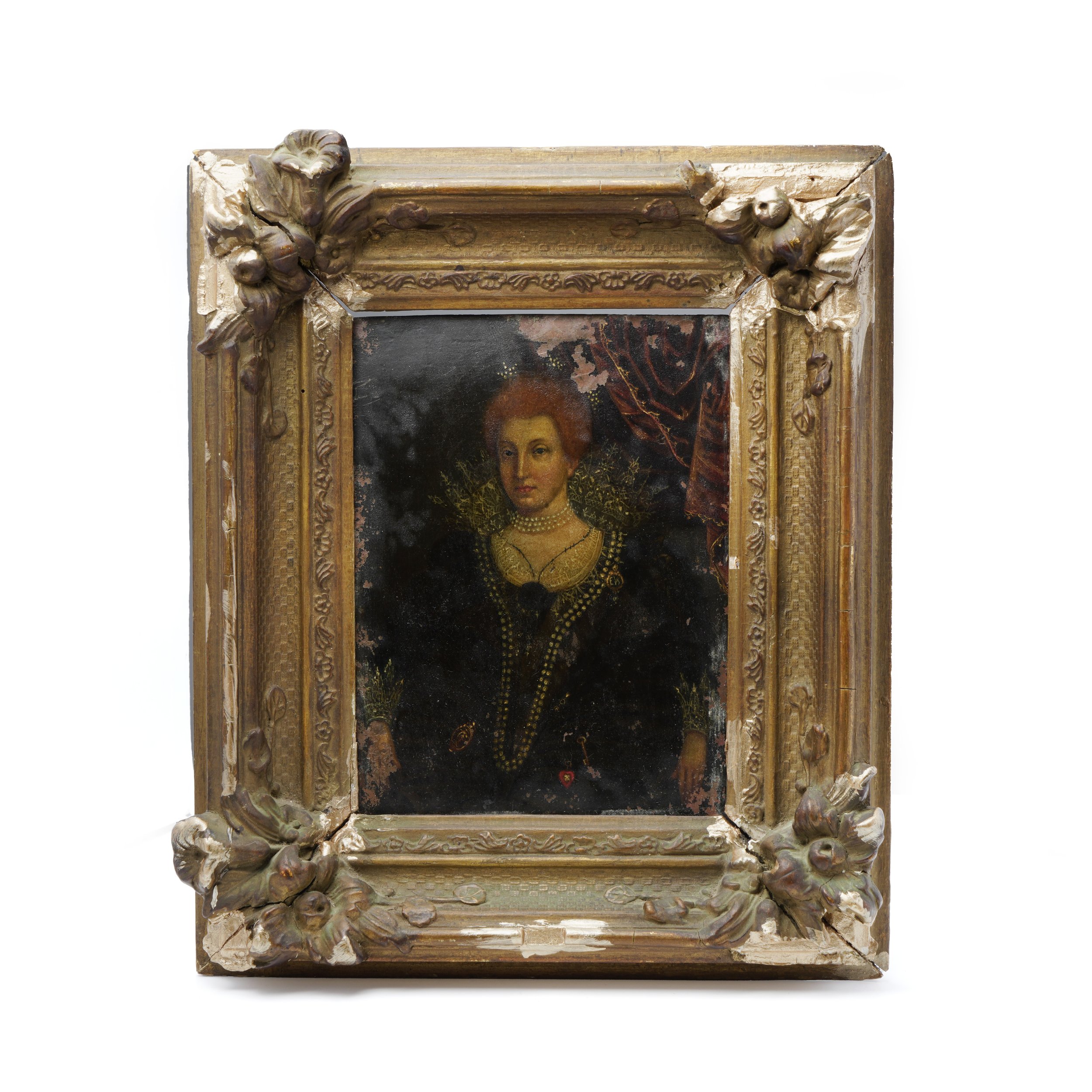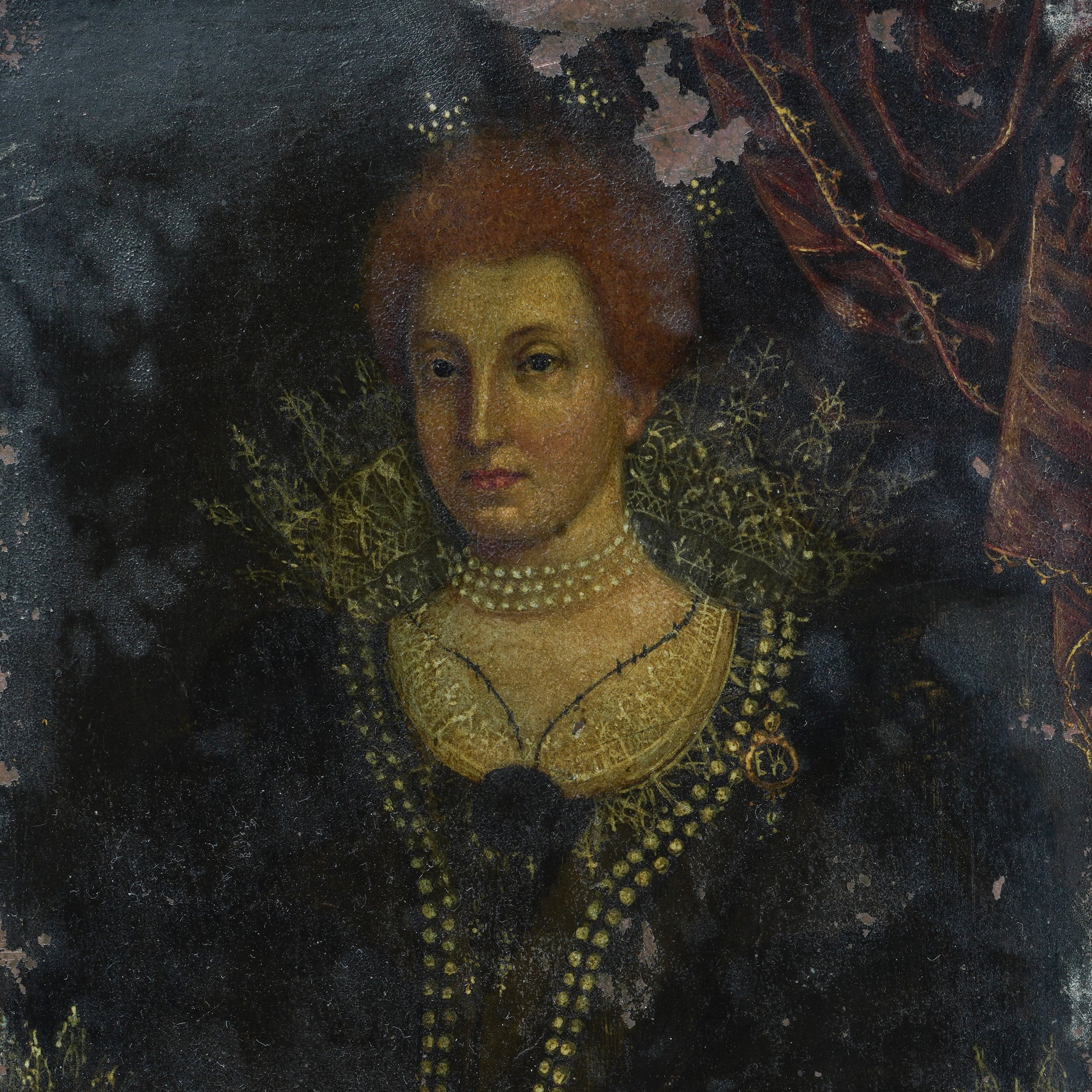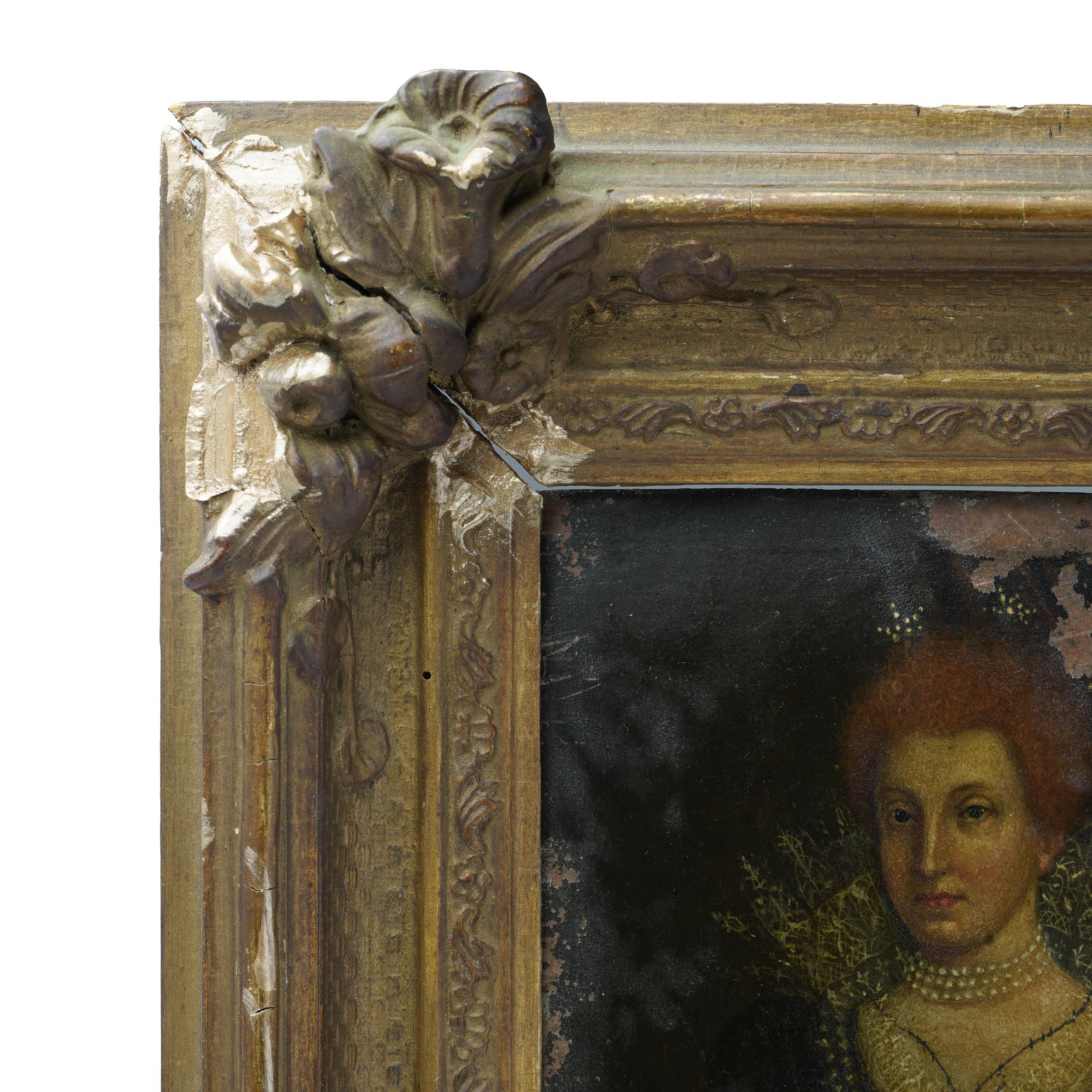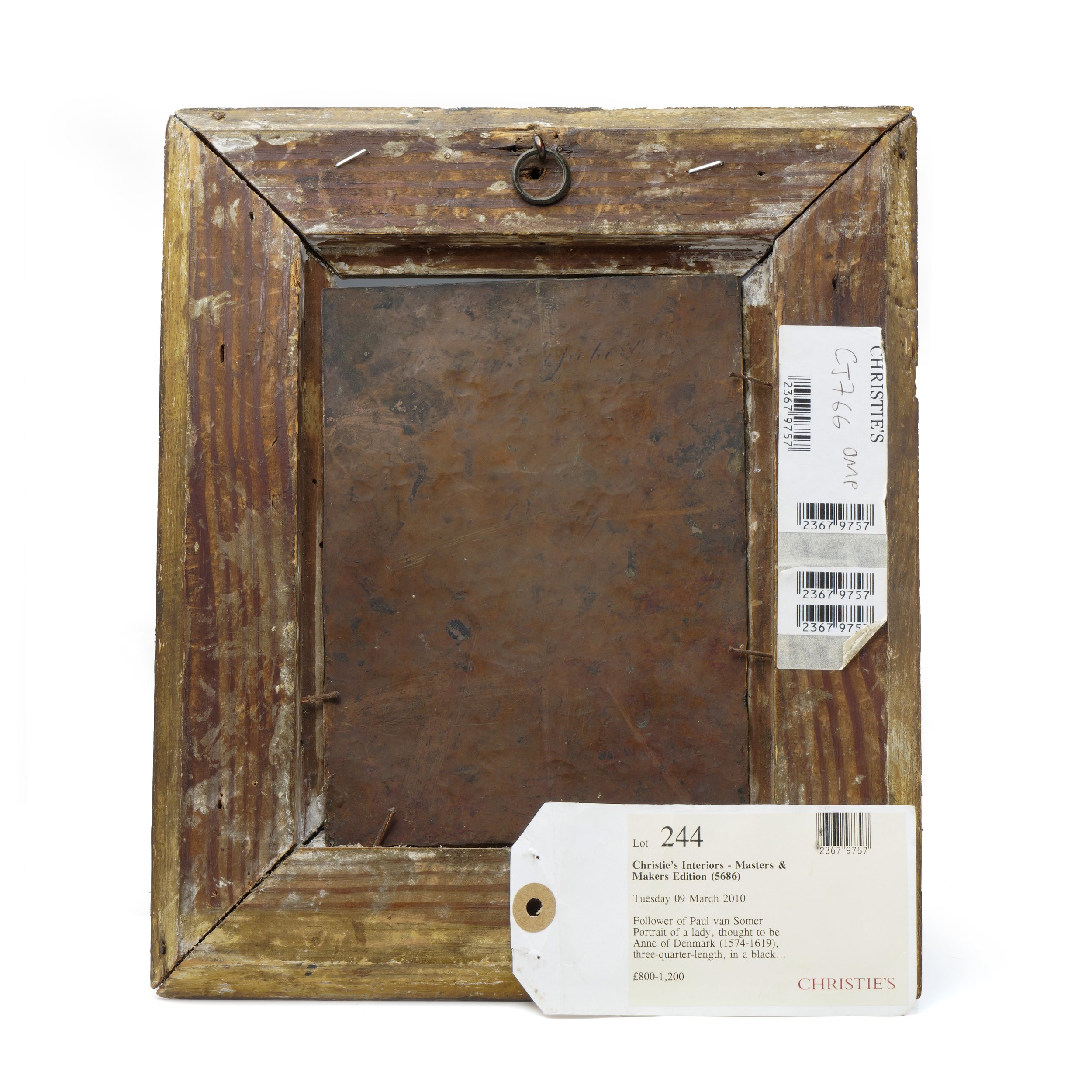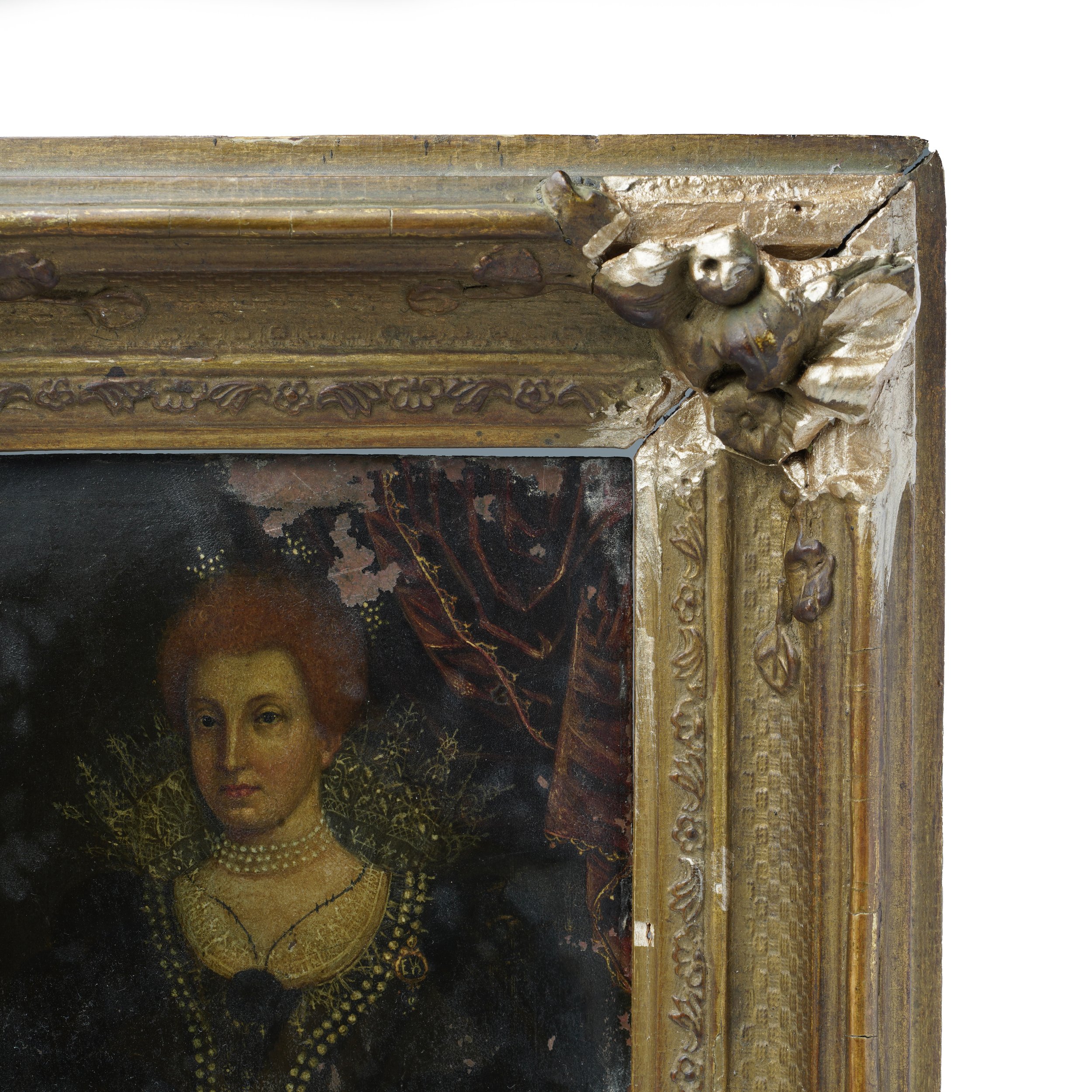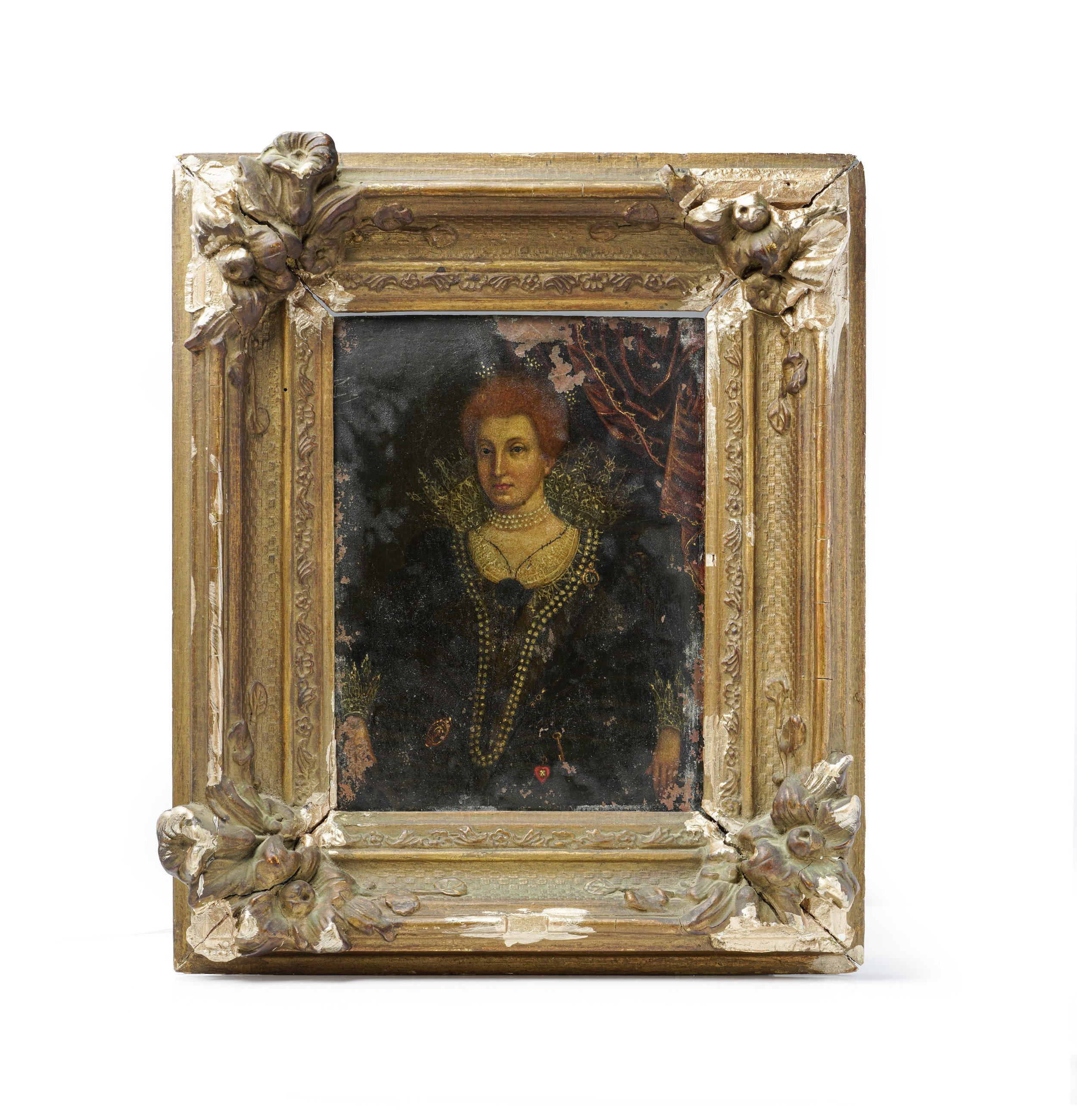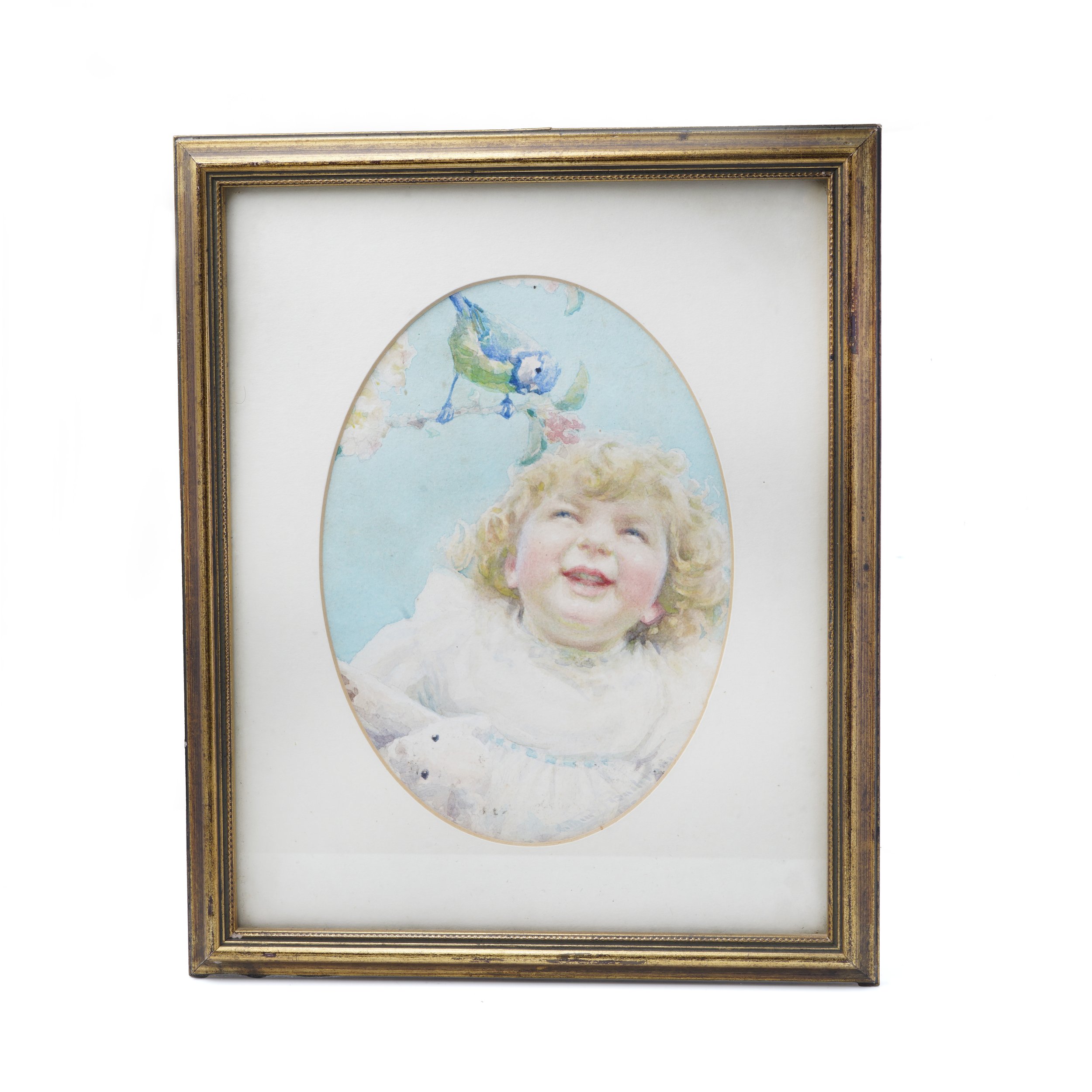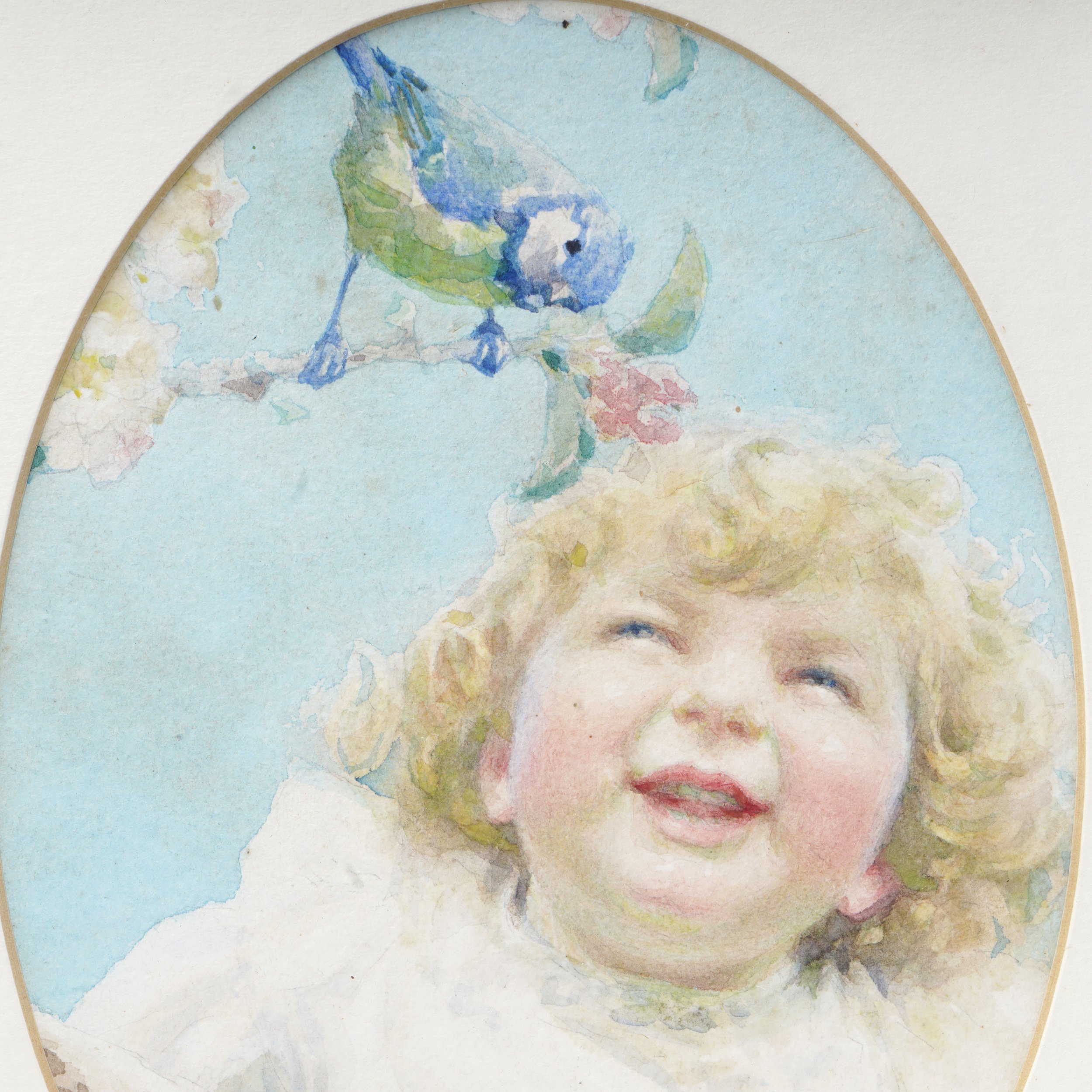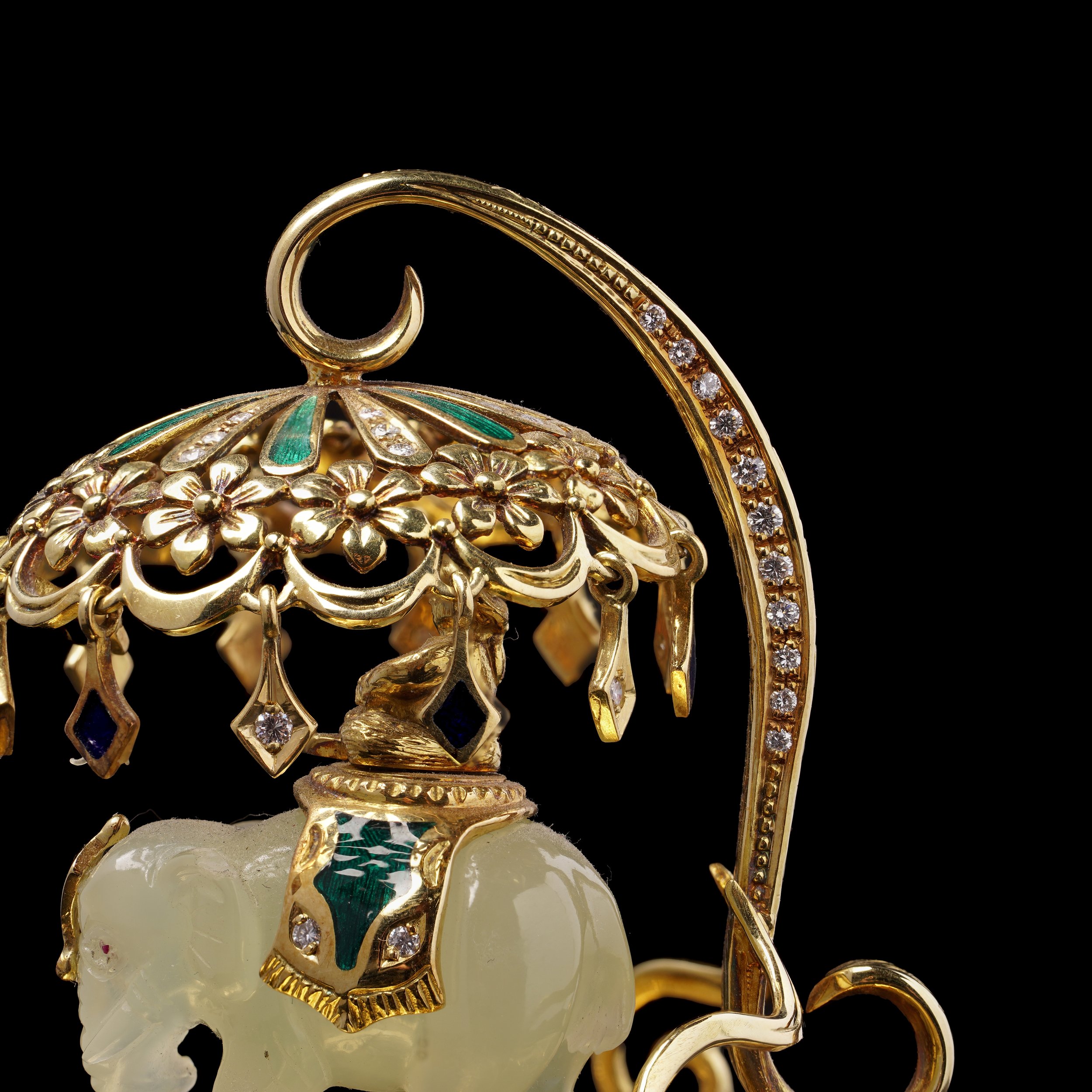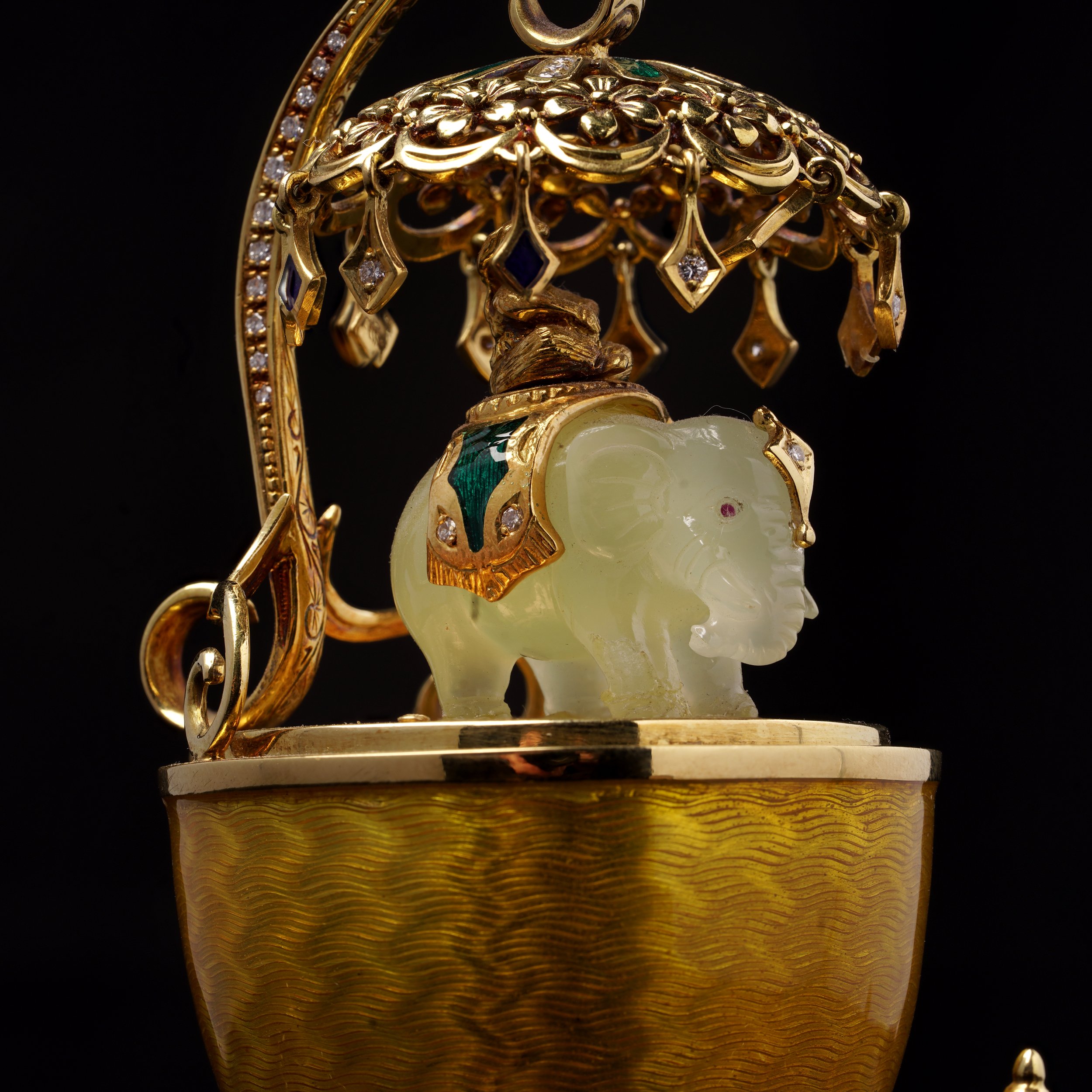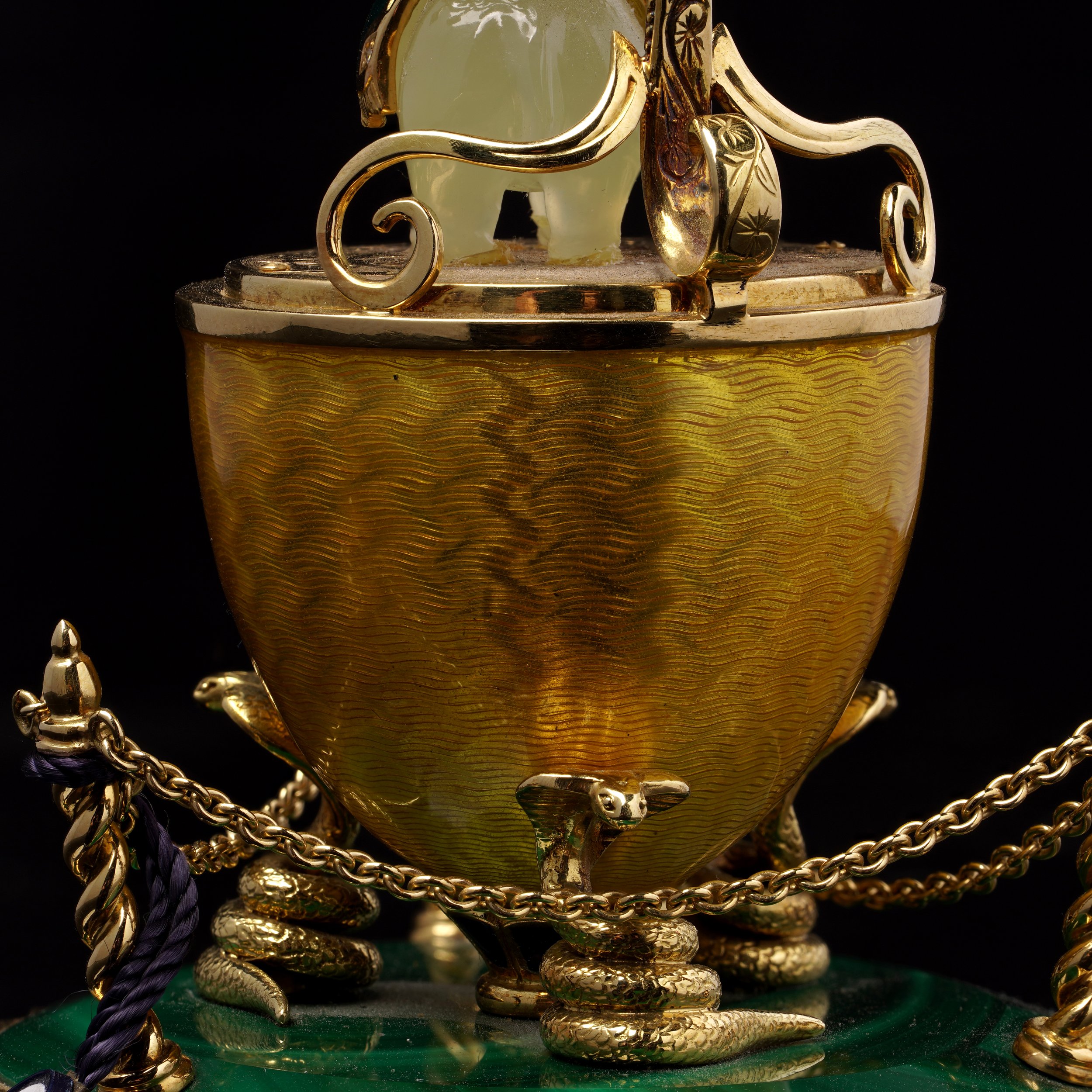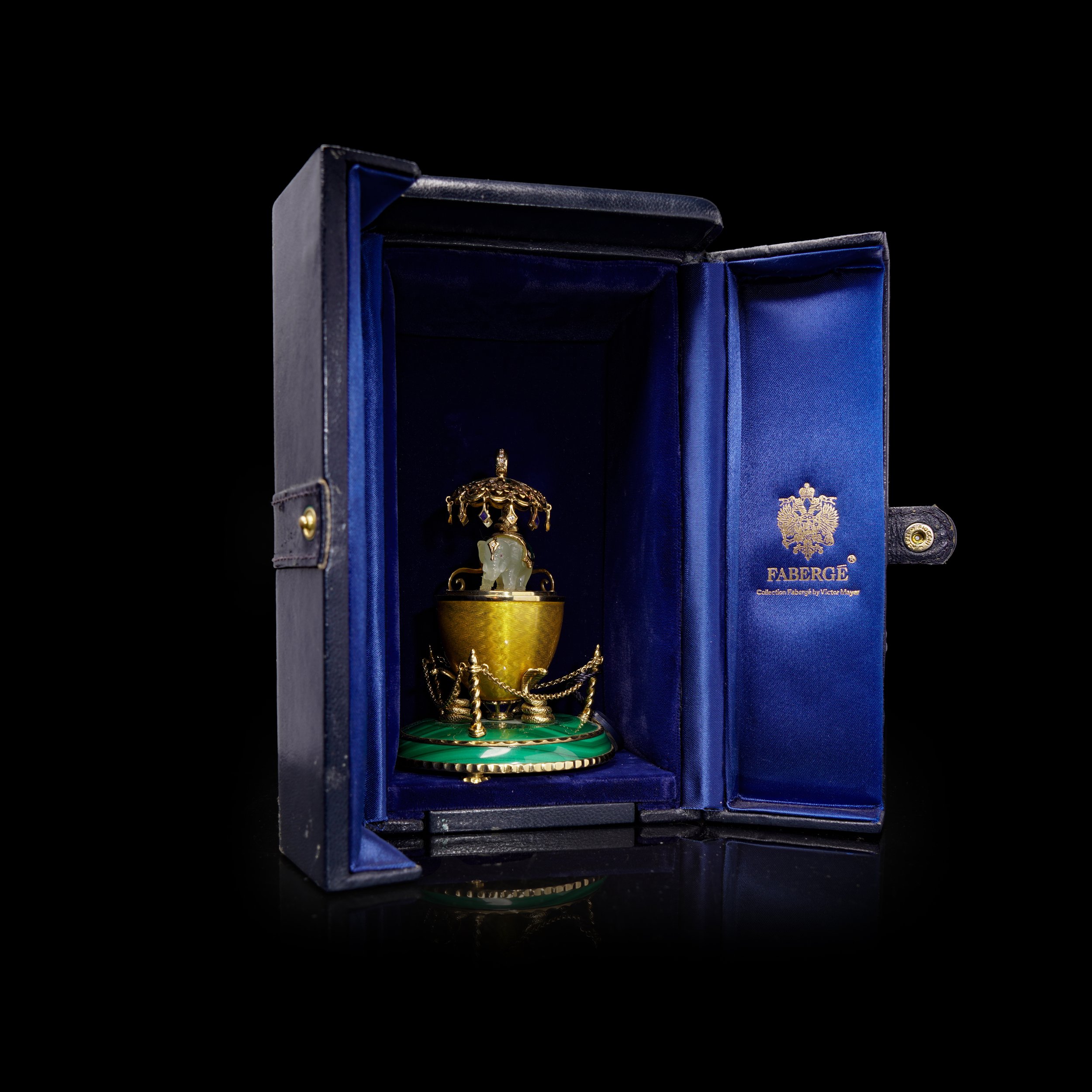Hand painted enamel on porcelain painting "La Crianza" by Aurelio Arteta, (1879 - 1940)
ITEM LOCATION : United Kingdom
SHIPPING FEE: Complimentary Express & Insured Shipping
INCLUDED: Complimentary Gift Wrap Packaging & Certificate of Evaluation.
RETURNS: 14-Days Return Policy, Money-Back Guarantee.
ITEM LOCATION : United Kingdom
SHIPPING FEE: Complimentary Express & Insured Shipping
INCLUDED: Complimentary Gift Wrap Packaging & Certificate of Evaluation.
RETURNS: 14-Days Return Policy, Money-Back Guarantee.
ITEM LOCATION : United Kingdom
SHIPPING FEE: Complimentary Express & Insured Shipping
INCLUDED: Complimentary Gift Wrap Packaging & Certificate of Evaluation.
RETURNS: 14-Days Return Policy, Money-Back Guarantee.
-
Hand painted enamel on porcelain painting "La Crianza" by Aurelio Arteta, ( 1879 - 1940)
Size with frame : 33 x 25.5 x 3.2 cm
Picture size without frame : 20.1 x 13 cm
Weight : Approx 1.5 KgPainting has a silver inner frame of the picture which is hallmarked Spanish silver (star) with a grade of .834.
Painting is in excellent condition.Aurelio Arteta Errasti (2 December 1879, Bilbao - 10 November 1940, Mexico City) was a Basque painter who worked in several styles; including Symbolism, Cubism and Social Realism.
He is remembered mostly for his murals. To avoid putting a burden on his family's modest income, he worked at various odd jobs, mostly of an artistic nature, but also danced as a comparsa. Thanks to a grant from the Diputación de Vizcaya, he was able to continue his studies abroad; first in Paris (1902), where he was influenced by Puvis de Chavannes, Gauguin and Toulouse-Lautrec; then Italy (1906), where he discovered Giotto and Raphael. That same year, he returned to Bilbao, opened a studio, and held his first exhibition. In 1911, he became one of the founders of the Basque Artists' Association. In 1922 after a series of exhibitions, he painted his first murals at the new branch offices of the Banco de Bilbao in Madrid ; twelve frescoes depicting the history of the Basque Country and the banking profession. From then on, he would be known primarily as a muralist. His second major mural was at the seminary chapel in Logrono; from designs by Ricardo Bastida. In 1924, he was appointed Director of the Bilbao Fine Arts Museum, but resigned three years later after the city of Bilbao censured some of his acquisitions. Spain's intellectuals came to his support which eventually led to a general criticism of cultural policies under the Primo de Rivera régime. He continued to exhibit and won several awards. The beginning of the Spanish Civil War found him working as a Professor at the Escuela Técnica Superior de Madrid de Pintura. As a supporter of the Republican side, he found it necessary to move to Barcelona, by way of Valencia and, in 1938, left Spain for Biarritz. In 1940, when it appeared that France would fall to the Nazis, he chose to go into self-exile mode in Mexico. When he arrived he created what would be his last major work: decorations for the dining room of Indalecio Prieto. That November, following the execution of his friend, Julián Zugazagoitia, he and his wife were on their way to the country, to recover from their grief, when they were killed in a streetcar accident in Coyoacán.




















